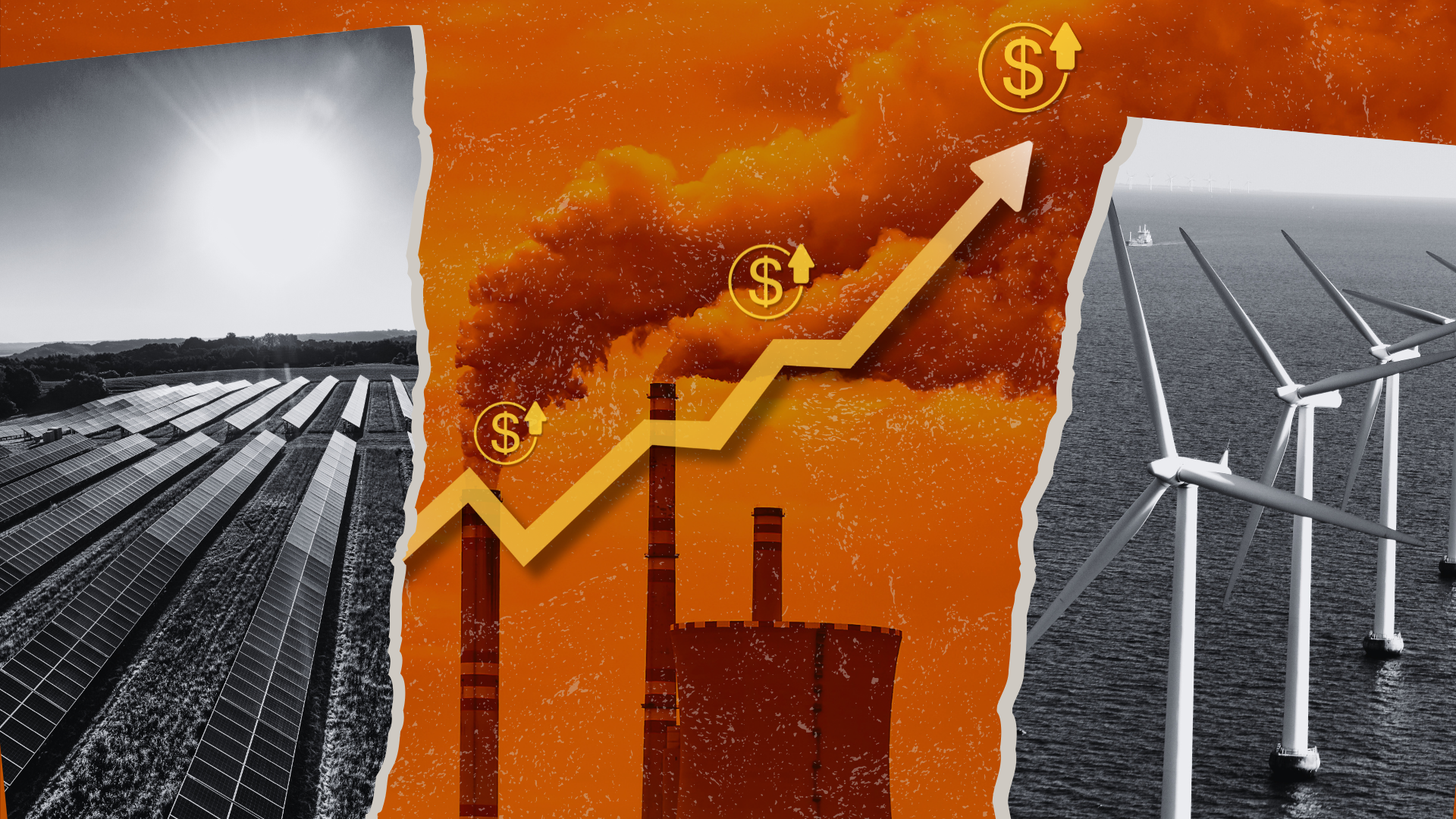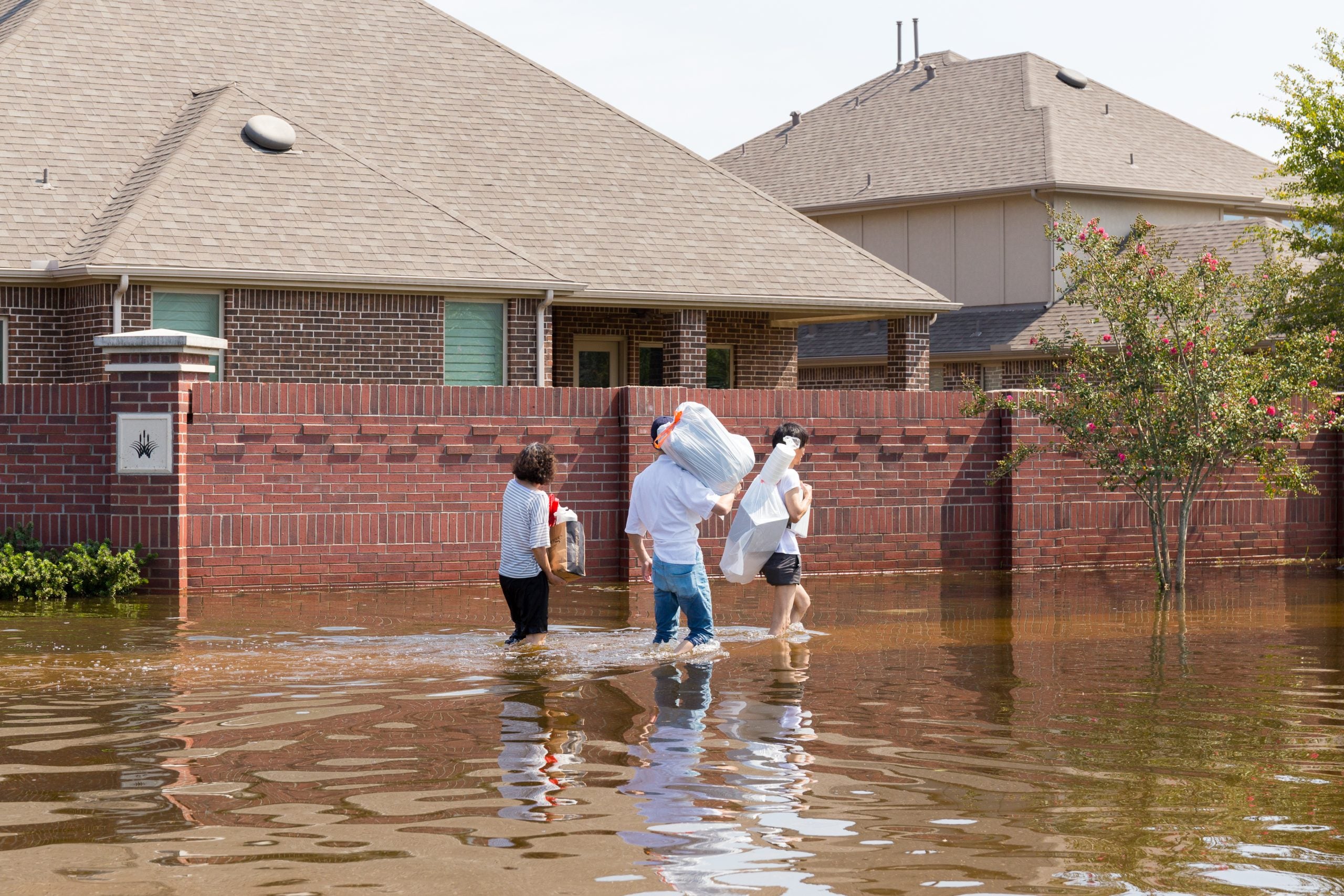What's "cap-and-trade"?
In my post last Friday, I mentioned “cap-and-trade” as a good strategy to control greenhouse gas emissions. If you’d like to learn more about cap-and-trade, take a look at a post I wrote for the Gristmill Blog. It describes what cap-and-trade is, and why it’s a more effective strategy than a federal “carbon tax”.













2 Comments
Hi Bill…I’ve been reading the back and forth debate over at Grist. Just wondering what your thoughts are on Cap and Share? I doubt you’ve heard of it as it is just getting off the ground now. It is a form of Cap and Trade with a couple added benefits. I’d like to hear your comments but more importantly, I’m sure the coordinators would:
http://www.capandshare.org
I’ve made a quick clip explaining cap and share in 49 seconds:
http://www.youtube.com/watch?v=ZX9ky8SO8aM
Hi, Brendan. Thanks for your question.
As you said, cap-and-share is a form of cap-and-trade. Once we agree that cap-and-trade is the way to go, the next question is how to allocate the emission allowances. This is a decision where efficiency and equity both play a role.
There are many ways to allocate allowances. Allocation decisions can weigh factors like the emitter’s relative contribution to the problem, the economic wherewithal of different sectors or firms, impacts on efficiency, and of course, equity.
Another way is to distribute allowances is through an auction, with the proceeds going to the government. Emitters would then purchase allowances in the auction. Auction revenues could then go to a variety of public purposes including transition assistance for workers or assistance to communities impacted by climate change.
The way that allowances will be allocated, by “sharing”, by auction, by administrative determination, or by some combination of all of these – is one the issues that the Congress will have to wrestle with.